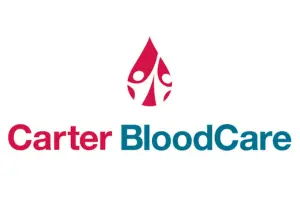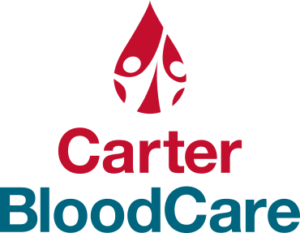
eMaint CMMS Customer Support Drives Non-profit Organization Toward Department-wide Adoption
Customer Since: 2016 | Industry: Non-Profit Organization
Carter BloodCare, a non-profit organization (NPO), provides life-saving blood components and transfusion services to individuals in North, Central, and East Texas. The community-based operation collects over 330,000 units of blood per year to supply the treatment requirements of patients and 200+ medical facilities.
BACKGROUND
Carter BloodCare (CBC) began operating in 1951 and has expanded several times throughout the years, including adding locations and serving a growing number of people. The NPO’s leadership agreed that the non-profit needed a web-based CMMS capable of managing both the facilities and fleet maintenance departments, as well as their many assets.
They were also looking for a CMMS flexible enough to support multiple department rollouts and capable of connecting various departments to the same system and database. Once CBC management reviewed numerous products in the marketplace, they chose eMaint because they felt confident the CMMS could successfully support and fit the present and future needs of Carter BloodCare’s many locations and diverse departments.
THE CHALLENGE
With more than 30 blood donation centers and a fleet of over 100 vehicles, including 20 mobile coach units, Carter BloodCare had outgrown the present system. Prior to implementing the eMaint CMMS, the non-profit used a combination of siloed asset management systems, as well as manual processes and procedures to prioritize and execute preventive maintenance (PM).
IMPLEMENTATION
The first departments to use the new CMMS were the NPO’s fleet and facilities operations. CBC management began introducing the system to maintenance teams by gathering requirements. How were teams presently creating and generating work requests and work orders? What were their pain points? How could the system help with reporting needs?
Each operational unit had distinct challenges. Together, CBC leadership and department personnel identified opportunities for improvement and new ways the eMaint CMMS could help them achieve their goals.
The CBC maintenance team performed hundreds of PM activities at varying locations and different intervals throughout the year. Some maintenance tasks were calendar based, while others were meter-based triggered by generator hours and/or vehicle mileage. Ensuring timely requests and repairs were carried out at each location, including at three administrative offices, took exacting collaboration and communication.
During implementation, several things convinced CBC leadership they had made the right choice in selecting the eMaint CMMS. Foremost, was how the eMaint staff stepped up to help them create a model of the system. CBC management used the prototype to show maintenance teams how the CMMS would accomplish the same things they were presently doing, only quicker and more efficiently.
After implementation, personnel could log into the CMMS and access dashboards containing work orders via computer tablets or large monitors mounted in fleet, facilities, and mobile staging areas. Additionally, before eMaint, information about a vehicle’s availability was not always clear. With the eMaint CMMS in place, teams could now view real-time maintenance status of vehicles, as well as confirm which ones were compliant with the Department of Transportation (DOT).
With two successful eMaint CMMS integrations completed, Carter BloodCare is nearing completion of a third implementation in the Quality Assurance and Performance Improvement (QAPI) department. The QAPI teams ensure maintenance and calibration of CBC assets are consistently performed and auditable by the FDA.
THE BENEFITS

“One of the many things that led us to choose eMaint was their customer service model. We needed a modern, continuous customer service support partner, before, during and after implementation. The eMaint team exceeded those expectations.” – Carter Bloodcare Leadership
